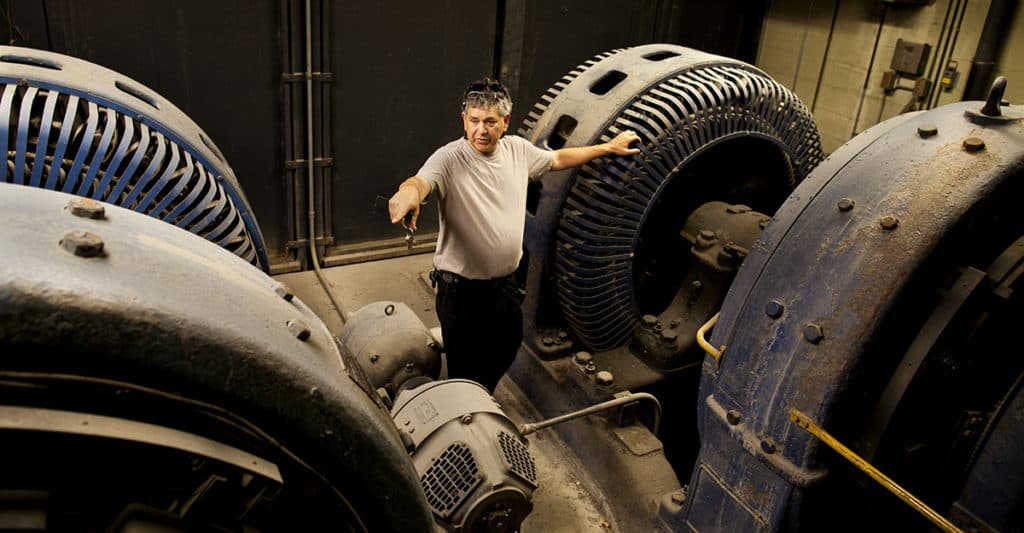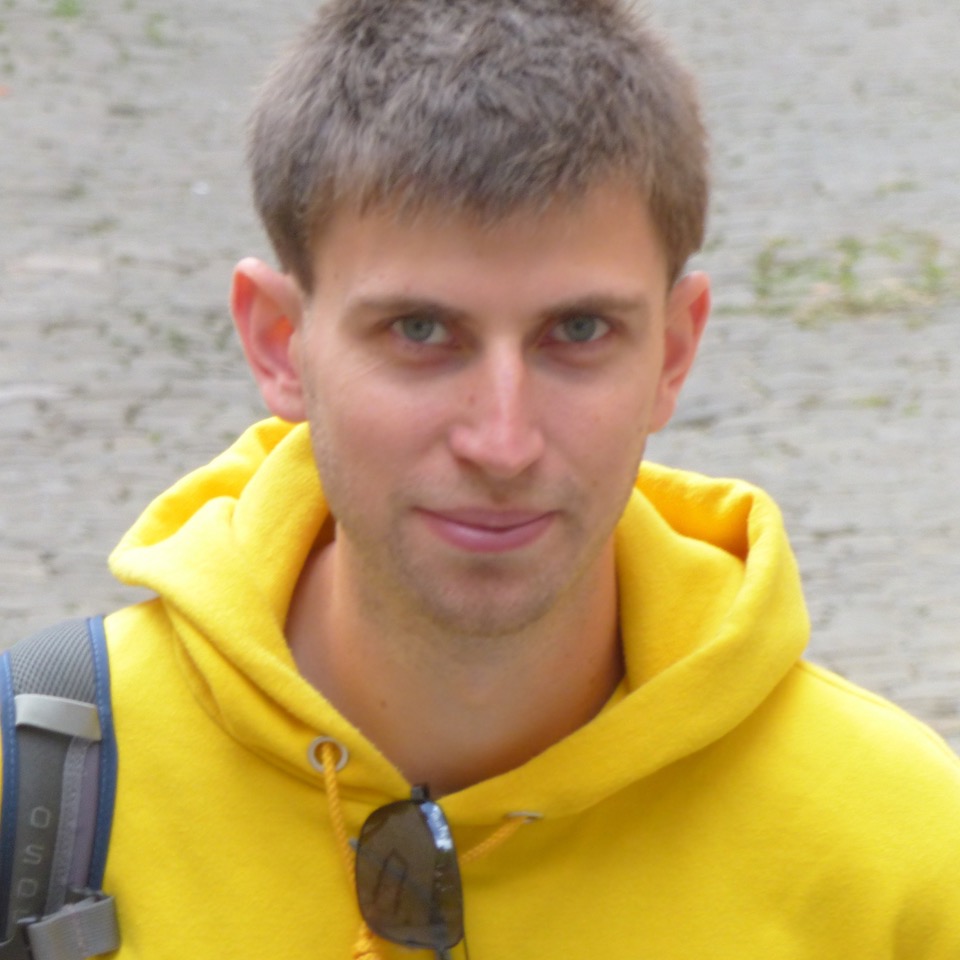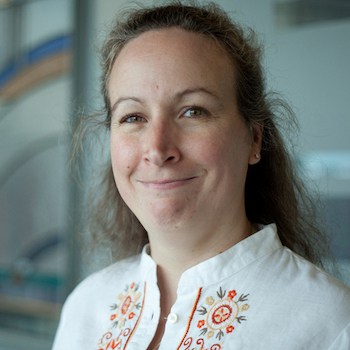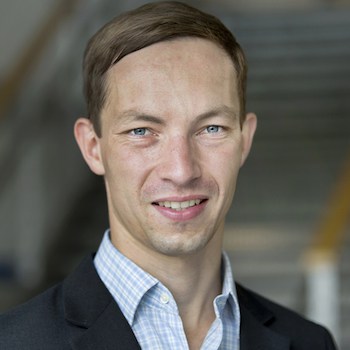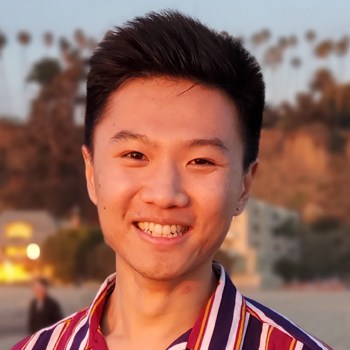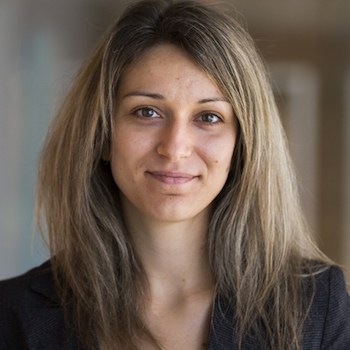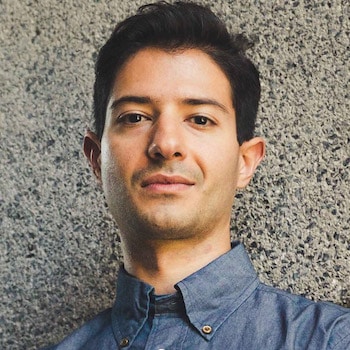
Autonomous Systems & Control
The field of autonomous systems and control deals with the motion of flight vehicles in the atmosphere and in space, as well as dynamics, control, and planning issues related to flight and space applications. The department has a long history of excellence in the areas of flight dynamics and control systems. It was one of the first engineering departments in the nation to offer courses in automatic control, flight dynamics, and simulation.
The autonomous systems and control specialization has a strong aerospace emphasis as illustrated by current research on aircraft dynamics, flight planning, flight control and autonomous flight; dynamics and control of attitude systems; astrodynamics; guidance, navigation and associated flight systems; flexible aerospace vehicles; and acoustics and flow control. There is a strong multidisciplinary systems orientation that emphasizes linear and nonlinear systems, optimization, feedback control, optimal planning and decision-making, stochastic processes and estimation and computational and software aspects of flight systems.
This specialization covers theory, experiments, and implementation issues, as well as the study of specific cutting-edge aerospace vehicles.
Autonomous Systems & Control FACULTY
Autonomous Systems & Control RESEARCH GROUPS
Aerospace, Robotics and Controls Laboratory
The Aerospace, Robotics and Controls (ARC) Laboratory is directed by Associate Professor Anouck Girard. Its mission is to research and develop key technologies for the collaborative control of multiple unmanned vehicles, adversarial strategies, operator-machine interaction, advanced mission planning and other aeronautical control sciences.
Autonomous Aerospace Systems Laboratory
The Autonomous Aerospace Systems Laboratory (AASL) is directed by Professor Ella Atkins. AASL develops systems that can pilot or help to pilot flying vehicles. Example projects include the Flying Fish, an ocean-going unmanned aerial surveillance vehicle that can patrol a region of water. The team is also developing a system to help pilots react to emergency situations effectively, recommending flight paths that could allow a plane to land safely in spite of serious damage.
Distributed Aerospace Systems and Control Laboratory
The mission of the Distributed Aerospace Systems and Control Laboratory, directed by Associate Professor Dimitra Panagou, is to research methodologies on the safety and security of multi-agent systems, with applications in multi-vehicle systems, aerial and space robotics, and human-robot interaction. The lab is equipped with a motion capture system (14 VICON cameras) for high precision object tracking, and a state-of-the-art fleet of small UAVs of various payloads, namely: Eight Hummingbirds and one Firefly from Ascending Technologies, two Solos from 3D Robotics, one DJI M100 and one DJI M210, twelve Bitcraze Crazyflies, and 10 custom-made small UAVs with onboard Pixhawk 2.1 flight controllers. The UAVs are equipped with IMUs, GPS receivers, and wireless communication links. We have also installed cameras and detection-and-ranging sensors (namely a drone LiDAR from Velodyne (Puck 16 Lite) and a range sensor from Leddartech) on the M210 and the Solo, respectively. In addition, the lab has several Virtual Reality and Augmented Reality setups, namely, the Oculus Rift, the Microsoft Hololens, and the VufineWearable Display. Finally, there are also seven R1 rovers (ArduROS Edition) from AION Robotics. Each rover is equipped with Pixhawk 2.1 with Ardupilot, Nvidia Jetson TX2 architecture with Ubuntu and ROS installed, and RoboClaw dual channel motor controller capable of skid steering or differential drive.
Intelligent Robotics and Autonomy Laboratory
The purpose of the Intelligent Robotics and Autonomy Laboratory (iRAL), led by Assistant Professor Vasileios Tzoumas, is to develop AI algorithms that enable robots to resiliently understand their surroundings, self-navigate, and collaborate with each other. In broad terms, our lab cares for a trustworthy collaborative autonomy of mobile robots, from self-driving cars to drones to satellites, even when those robots operate in challenging conditions such as unmapped areas, cluttered streets, and adversarial conditions where attackers can take down some of the cars/drones/satellites. Within this context, iRAL’s goal is to develop algorithms that are computationally efficient and provably effective.
Michigan Exploration Laboratory
The Michigan Exploration Laboratory (MXL) is directed by Professor James Cutler. The team develops methods to calibrate and optimize sensors and systems on small satellites for space exploration. MXL also investigates whether distributed computing across global network of small satellite users could allow satellites to deliver more data to earth. Missions include the Radio Aurora Explorer (RAX), which studies plasmas in the atmosphere that are known to disrupt satellite communication with Earth.
Noise, Vibration and Motion Control Laboratory
The Vibration, Acoustics and Motion Control Laboratory is directed by Professor Dennis Bernstein. The lab provides facilities for conducting experiments in active feedback control. Research projects include active noise control, control of structural vibration and control of rotating imbalance. These experiments focus on the development of suitable hardware configurations for implementing feedback control algorithms, as well as robust, nonlinear and adaptive control algorithms. Relevant equipment includes SRS, Scientific Atlantia and Siglab spectrum analyzers for signal processing and system identification, dSPACE control boards for real-time controller implementation and code generation software for controller implementation.
An electric 6DOF shaker table is used for motion control experiments. This table has 2000 lbf capacity and is digitally controlled. A Polhemus sensor is used to measure 3-dimensional rotation and translation.
Vehicle Optimization, Dynamics, Control and Autonomy Laboratory
The Vehicle Optimization, Dynamics, Control and Autonomy Laboratory’s is co-directed by Associate Professor Anouck Girard and Professor Ilya Kolmanovsky. The lab’s mission is to research and develop enabling technologies for controlling advanced and increasingly autonomous vehicles operating in the space, air, ground and marine domains. These vehicles and vehicle systems exhibit complex nonlinear dynamics, and must function in uncertain environments with limited resources, while satisfying stringent constraints and counteracting the effects of disturbances. In addition to modeling and control of the mechanical motions of such vehicles, we address related problems of optimal energy management, thermal management, and information collection. We maintain close connections to challenging and emerging real world vehicle applications to inform novel research directions in control theory and to make the maximum impact.
Laboratory for Air Transportation,
Infrastructure, and Connected Environments (LATTICE)
The Laboratory for Air Transportation, Infrastructure, and Connected Environments (LATTICE) is directed by Assistant Professor Max Li and is focused on identifying and addressing research problems that contribute towards a safer, more efficient, more resilient, and user-oriented air transportation system. Examples of research projects and areas of interest include modeling the disruption and recovery process within air transportation networks, developing advanced air traffic flow management models and mechanisms, control and optimization of networked systems, and systems engineering concepts for Advanced Air Mobility.
OUR FACILITIES
Use our excellent facilities to do your research. Work with faculty who lead in their fields.
